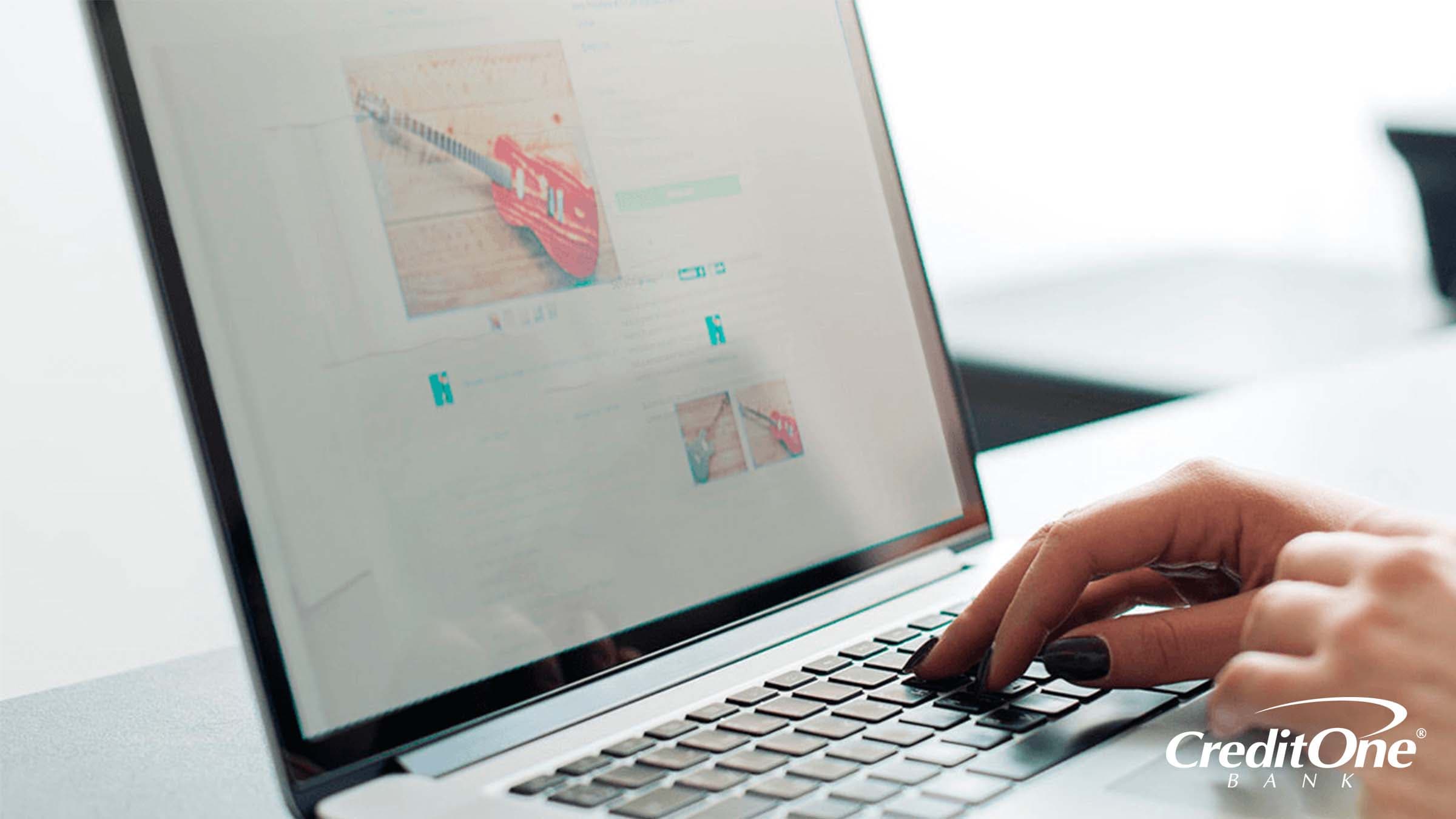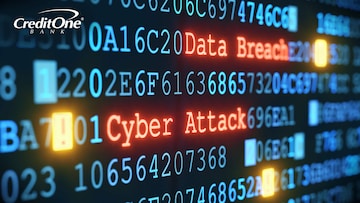How You Can Protect Yourself Against Identity Theft
June 06, 2025
Identity thieves have kept up with the times, but you can too. Learn various simple, yet effective ways to protect against identity theft.

Introduction
Nowadays, a mistyped URL, careless click or a well-intentioned reply could be the first step in having your personal info stolen.
Many of the same advances in technology that make life easier and connect us better can also be abused by scammers for nefarious means.
But that doesn’t mean you have to swear off technology or go off the grid to stay safe. You just have to know what to look for.
Six Ways to Protect Against Identity Theft
Yes, identity thieves have more advanced methods these days, but with just a little knowledge and some strong preventive practices, you’ll make things even harder for them.
Here are some of the ways you can protect yourself against identity theft.
Stick to trusted sites and secure networks
You know that little green lock you see in your browser’s URL bar? It’s telling you that you’re on an SSL-encrypted website.
That, and the s in https://, means the data exchanged between you and the site is protected from snooping or tampering by a third party. It also means the site owner’s identity has been verified.
A gray, red, crossed-out or otherwise not-normal icon, or a plain old http:// URL, means the site isn’t SSL-encrypted. So, you’ll want to avoid entering any personal information there.
You should also double check the spelling of a URL when you type it or click a link. There’s a practice called typo-squatting, where malicious sites mimic the URL of well-known sites to trick you.
Use credit cards over other methods
Online or offline, it’s a good idea to use credit cards, since they tend to offer stronger purchase protection options than other payment options.
For example, credit cards usually have better liability limits for you if they are used for fraudulent activity.
With a debit card, the personal liability for fraudulent activity is $50 if you report the transactions within two business days. Your liability increases to $500 if you report it within 60 days. For credit cards, the limit is $50 within 60 days — but most issuers offer $0 fraud liability when you report the activity within that time frame.
It’s also relatively easy to replace, block or close a lost or stolen credit card, rendering the previous card details useless if compromised.
If you use paper checks, you may want to be mindful about where you use them. They might not be used as often as they were in their heyday — mostly being used to pay bills — but they are still a piece of paper that displays your name, sometimes along with your phone number and home address. And of course, your bank routing and account numbers.
You might want to consider other payment options if available and only using checks with entities you trust.
Finally, you should never send personal financial information over email or messaging apps. These ways of communicating are rarely encrypted and you can never truly know who might take a glance at your details on the other end.
Apply best password practices
Passwords are the first line of defense in protecting your online accounts, so it’s a good idea to apply some password best practices.
Use both uppercase and lowercase letters, as well as numbers and special characters. Avoid common words, easily guessable personal details or the site’s name.
Finally, each of your accounts should have a unique password.
All of this can be made much easier with a password manager, either the one built into your browser or as a standalone app.
In addition to strong passwords, it’s a good idea to enable multi-factor authentication (MFA) on your accounts when possible. This is a secondary form of verification using text messages, email or an authentication app and provides yet another layer of protection.
Destroy your personal paperwork and old data
Many people know to shred or otherwise destroy paperwork with financial or personal info before disposing of it. And yes, this is a good security practice.
But how about when you dispose of old computers, disk drives or USB sticks? Be sure to fully wipe old devices before giving them away or discarding them to be sure your data is gone.
In fact, it’s not a bad idea to take a similar approach for your online digital footprint. Deleting old or unused online accounts can eliminate them as an entry point for hackers. At the very least, it’s not a bad idea to better secure them with stronger passwords and by enabling MFA, if available.
Stay alert for scams and phishing
Phishing — using emails or other messages to trick people into giving up personal information — has been around for some time now. And scammers have kept up with advances in technology.
Modern phishing emails and text messages might be personalized because of data breaches or even AI generation. But there are still many tells.
Some signs that a message comes from a scammer include generic greetings, file attachments, a tone of urgency and wrong or misspelled brand names and URLs — think “amaz0n” or “goog1e” instead of the proper “Amazon” or “Google.”
Even texts that simply seem like someone texted the wrong number can be an attempt at scamming you.
You should never interact with links in unsolicited messages. Instead, navigate to the website directly through your browser, or call the organization using a verified phone number.
Monitor your identity proactively
If you want additional protection, you can consider an identity monitoring service.
This is often a paid service offered by various companies, although many banks and credit card issuers may offer a free version with a smaller set of features.
They can alert you to things like new accounts, unusual activity appearing on your credit reports and your information popping up on the dark web.
This is a different product than identity theft insurance, which covers you after identity theft happens.
What to Do if You Think Your Identity Has Been Stolen
If you think your identity has been stolen, the first thing is not to panic. It’s not too late to take action. Here are the steps you can take if you suspect your identity has been stolen:
Place a fraud alert or credit freeze on your credit reports through the three major credit bureaus: Experian, Equifax, and TransUnion. This will prevent scammers from opening new accounts under your name.
Report the fraud to the Federal Trade Commission at IdentityTheft.gov.
Contact banks and card issuers to close or freeze the use of compromised accounts.
Change your passwords for any affected accounts.
Review your credit reports for unfamiliar activity. You can receive a free weekly report from all three major bureaus at AnnualCreditReport.com.
If you have an identity monitoring service or identity theft insurance, you’ll also want to contact those providers.
Act quickly and you can take action to reduce the potential harm.
Bottom Line
These days, it can seem like identity thieves have more tools at their disposal than ever before.
Luckily, you also have many tools you can use to protect yourself against their methods. With a combination of awareness and proactive behavior, you help keep your info and accounts safe.



